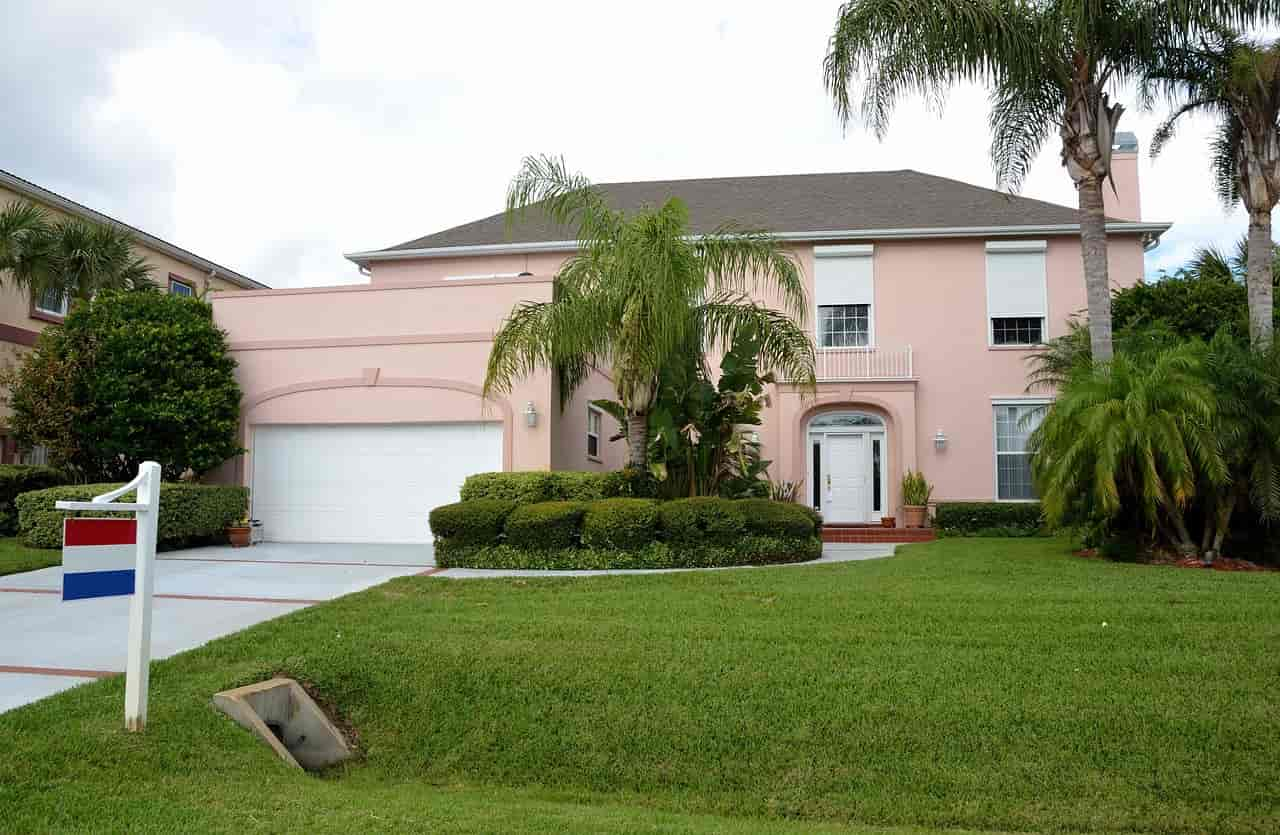The cost of home loans in Australia is on the rise, as the Reserve Bank of Australia (RBA) continues to raise interest rates to cool the country’s red-hot property market.
At its June meeting, the RBA decided to increase interest rates, taking the cash rate to a new high of 4.1%. While economists were uncertain whether the Board would choose to maintain the cash rate or increase it by another 2.5 percentage points, RBA governor Philip Lowe stated in a post-decision release that his concern was Australia’s persistent inflation rate of 7%.
Earlier, in May this year the RBA lifted the cash rate by a total of 11 times since May 2022, taking it to 3.85%. This has seen the average variable home loan rate rise by around 2.5 percentage points, to around 5.5%.
The rising cost of home loans makes it more difficult for people to afford a home. This is particularly the case for first-time buyers, who are more likely to have smaller deposits and higher debt-to-income ratios.
The RBA has said that it expects to continue raising interest rates until inflation is brought under control. However, it is unclear how high the cash rate will need to go to achieve this goal.
Some economists believe that the cash rate could reach 4.5% or even 5%, which would push the average variable home loan rate up to 6.5% or 7%. This would make it even more difficult for people to afford to buy a home and could lead to a significant slowdown in the property market.
The rising cost of home loans is also hurting the economy. This is because it reduces household spending, which is a major driver of economic growth.
The RBA is hoping that the rising cost of home loans will help to cool the property market, which has been growing at an unsustainable pace in recent years. However, it is unclear whether this will be enough to prevent a housing bubble from forming.
The rising cost of home loans is a major concern for many Australians. It is making it more difficult for people to afford to buy a home and is hurting the economy. It remains to be seen how high the cash rate will need to go to bring inflation under control and what the impact of this will be on the property market and the economy.
In addition, since April 2022, repayments on a $500,000 loan over 30 years have increased by $969 a month or $11,628 a year. The RBA Governor has also indicated that more rises would be needed after February.
This situation has led many homeowners and potential buyers to reconsider their options and look for ways to cope with these changes. Some are looking to reduce their monthly expenses while others are considering alternative financing options such as fixed-rate loans or refinancing their mortgages.
Fund Break
Latest posts by Fund Break (see all)
- Embracing Change: How LGBTQ+ Laws Have Improved Over Time - August 26, 2023
- Australians Warned Not To Get Too Excited About Tempting Savings Rates - July 15, 2023
- Providing Support to Loved Ones with Disabilities in Australia: Behavior, Psychology Tips, and Available Support Services - June 19, 2023

